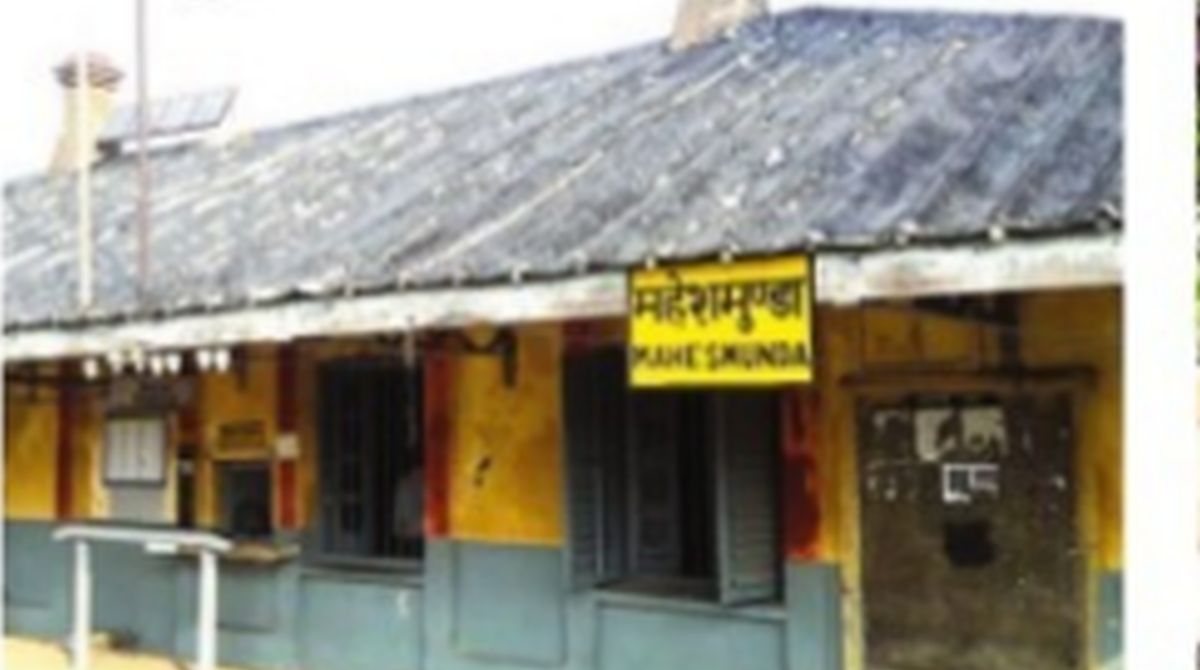The Asansol Division of Eastern Railway is planning to renovate the heritage railway well situated at Maheshmunda station from where drinking water used to be transported to the Jorashanko Thakurbari, some 273 kilometres away at Kolkata on the patterns of the Bawris of Rajasthan.
The water of this ancient well has therapeutic values and residents of hundreds of villages in the adjoining areas still use water from it. Talking to The Statesman, Mr Prabhat Kumar Mishra, divisional railway manager (DRM) of Asansol informed that the renovation of the railway well on a pattern of the Bawris of Rajasthan and erecting a plaque describing its rich heritage is his brainchild.
A few months ago, he had been on a visit to Maheshmunda, a small hamlet tucked in Madhupur – Giridih section. Special arrangements used to be made by the then East Indian Railway Company (EIR) to transport the water for the Tagores’ house in Kolkata. It is said that Prince Dwaraka Nath Tagore would drink only the water from this well, the DRM said.
Advertisement
“It is a place where time has stood still. A place which still is in the nineteenth century, resolute in its steadfast refusal to change, retaining the flavour of the Raj era.
The East India Railways constructed the station building and you still see the distinct architectural attributes: slanted roof, thick mortar brickwork, chimney and louvre window shutters full of old world charm,” Mr Mishra added.
He was fascinated by the arrangement for distribution of water ~ a recess was made in wall for water pitchers ~ and the Pani Pandeys, the watermen. Pani Pandey was an unique concept at railway stations before the advent of hand pumps, bore wells and piped water supply. Water was stored in large covered earthen pitchers and Pani Pandeys with a small can fixed on a long handle, would give passengers measured quantity of water to quench their thirst in summer.
Those were the days when mineral bottled water and mobile had not invaded our lives, Mr Mishra added. The station still has a rudimentary interlocking system with long hand operated levers, he added. These relics of the past are now staring at oblivion with the sanctioned work of panel interlocking and optical fibre cable laying. Another era would come to an end.
A notice prohibiting photography in the station premises, saying it is punishable under Defence of Indian rules, is proudly displayed on the station wall, and is another reminded of the bygone era in the current era of tailormade selfie-taking zones.
It should be noted that a number of famous Bengalis used to stay at Giridih, which is about 19 kilometres away from Maheshmunda, like Sir Jagadish Chandra Bose , Nobel Laureate Rabindranath Tagore (who wrote Shivaji Utsav in 1904) and Oscar award winning film director Satyajit Roy, who has sketched his favourite fictional character Professor Shanku from here.
The Bawris are one of the old methods of rain water management and are extremely popular in Rajasthan. In olden days, people used to built deep step wells into the ground. The water would be stored in these wells for a longer time because they are very deep and the evaporation is less. After the completion of the project, it is likely to become a major tourist attraction.
Advertisement












